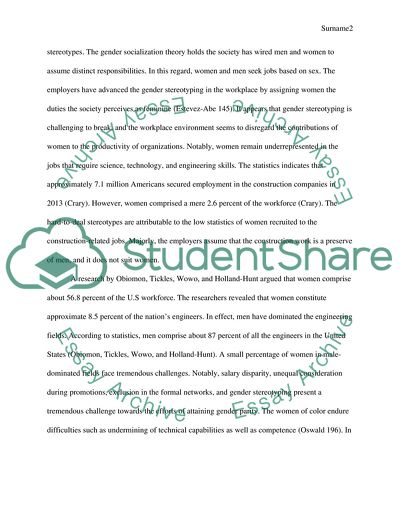Cite this document
(Women in the Workplace Essay Example | Topics and Well Written Essays - 2000 words, n.d.)
Women in the Workplace Essay Example | Topics and Well Written Essays - 2000 words. https://studentshare.org/gender-sexual-studies/1850727-women-in-the-workplace
Women in the Workplace Essay Example | Topics and Well Written Essays - 2000 words. https://studentshare.org/gender-sexual-studies/1850727-women-in-the-workplace
(Women in the Workplace Essay Example | Topics and Well Written Essays - 2000 Words)
Women in the Workplace Essay Example | Topics and Well Written Essays - 2000 Words. https://studentshare.org/gender-sexual-studies/1850727-women-in-the-workplace.
Women in the Workplace Essay Example | Topics and Well Written Essays - 2000 Words. https://studentshare.org/gender-sexual-studies/1850727-women-in-the-workplace.
“Women in the Workplace Essay Example | Topics and Well Written Essays - 2000 Words”. https://studentshare.org/gender-sexual-studies/1850727-women-in-the-workplace.


